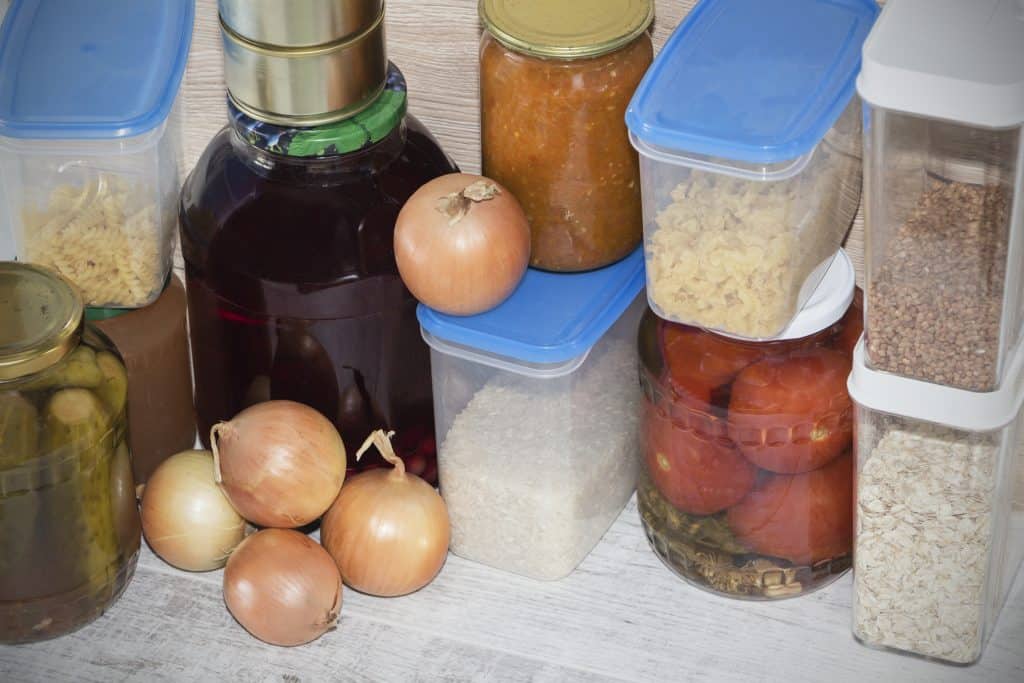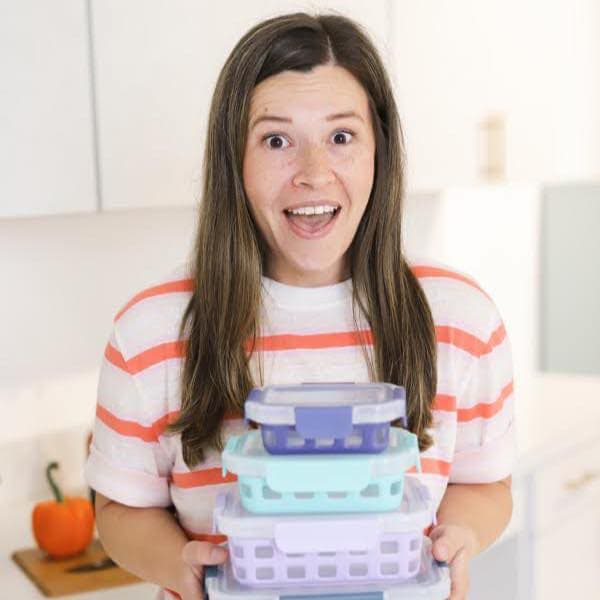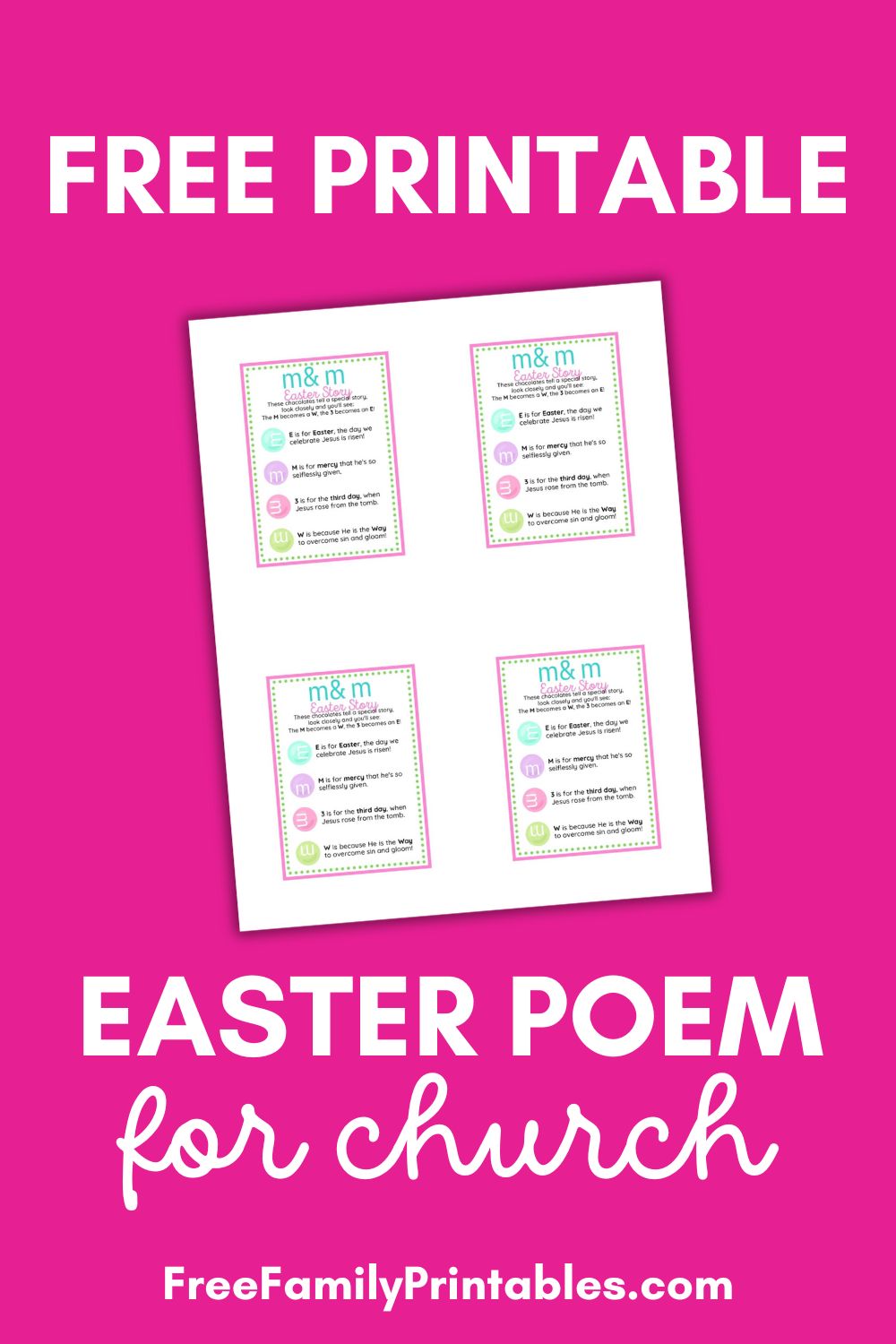Food waste is something that we’re all guilty of. No matter how frugal you are, I guarantee you end up throwing out a portion of your food away each year, which equates to tossing cash in the trash!
We often toss food without much thought, maybe a tiny pang of guilt, but then it’s gone and never thought of again.
Whether it’s gross leftovers from last week’s dinner in the trash that you forgot to eat or produce you wasted by buying too much at the store, it’s all wasted! Food waste can add up to hundreds or even thousands of dollars in just one year. In this blog post, we’ll talk about how to stop wasting food in your home and save more money! We’ll also go over some easy ways to reduce kitchen waste, so you never have to throw away good food again!

How much Food is Wasted In the USA Every Year?
Unfortunately, food waste is a prevalent issue in developed countries, and the United States is a large culprit for this problem. The United States has the highest food waste percentages out of any other country in the world. According to Feeding America’s statistics, a whopping 108 billion pounds of food is wasted in America each year!
That equates to about 40 percent of all food in America being wasted, which are terrible statistics, not only for the country and those suffering from lack of food but also for your family and your own budget. Unsurprisingly the majority of food waste occurs from food being thrown away once a consumer has brought it home. 43 percent of the total food waste comes from our homes, with a similar percentage of 40 coming from retail grocers who throw away goods that are “below their standards” but are still considered high quality.
Today, we will learn about what gets wasted, how much gets wasted, and how to adjust our own habits to stop contributing to food waste and start contributing to your savings.
What types of food get wasted most?
To better understand how to manage our own food waste we need to know the main food contributors to the problem. Which foods get thrown out the most by the average consumer? The answer is that the highest amount of food waste comes from fruits and vegetables, which may not be too surprising as we have all had to deal with the disappointment of throwing out those delicious blueberries or strawberries that we didn’t eat fast enough.
Produce makes up nearly half of the food thrown out by consumers, followed by cereals, dairy, and then meats. Produce can be highly perishable, but there are many ways to make your fruits and veggies last as long as possible, which we will discuss below.
What’s the environmental impact of food waste?
Food waste has more repercussions than just draining our wallets and filling dumpsters with high-quality goods. It also has an impact on the environment.
When food sits and decomposes in landfills, it creates large amounts of methane gas, which is a strong greenhouse gas. When we think of greenhouse gases, we usually all think of carbon dioxide. However, methane is a more powerful contributor to the problem of global warming. So, by learning to reduce your food waste, you are also making a positive environmental impact by reducing your carbon emissions and not filling the landfills.
Food waste also wastes all of the previous resources that were used to produce and transport that food. This refers to energy, water, and labor along the lines of production. Agriculture utilizes upwards of 70 percent of the world’s water, meaning that a waste of food also wastes a greater quantity of freshwater resources as well.
What’s the financial impact of food waste on you and your family?
Food waste costs the entire county of the US approximately 161 billion dollars, which may seem astronomical to us average consumers, but food waste still costs you and your household.
In fact, the average American consumer throws away about 1,300 dollars’ worth of food. That means by properly storing your foods and implementing the tips below, you can increase your savings and feel more secure in your budget.
How being more mindful of your food can save you hundreds (even thousands) of dollars a year
The first step to curbing your food-wasting habits is to recognize and track down the issues you have with planning and using the foods you buy. You can start making lists, tracking what you throw away, and tracking what you consume and how much.
This way, you can begin to get a full picture of your habits and what tips will be the most useful for you to apply to your own lifestyle. If you think you and your family are big food wasters, then this is the perfect article to get you back on track to saving money, food, resources, and stopping your contribution to the expansive food waste problem in America.
12 Tips On Reducing Food Waste At Home & In your Wallet
Meal Planning
Meal planning is a common tip for anyone trying to lose weight and get on an eating schedule, but it is also a great way to help reduce food waste! Take the guesswork out of your eating schedule and grocery lists by coming up with meal ideas for the week.
You can pick specific recipes or plan a dinner you would like to attempt on your own. Either way, plan a few meals that you can make for the week and write down the specific ingredients you will need. This will keep you from buying ingredients you may not need, and once you make the food you can portion out the meal to last for several days.
Meal planning can allow you to get some time back by listing out meals you will be making by week. This way you can portion out your ingredients in tandem with your recipes, and you will be wasting far less food because you will know what you’re using and when!
Pay Attention to Dates
Foods are packaged with expiration dates on them that we are all very familiar with, but do we really know what each date means? An expiration date is rarely a “throw out before this date” warning. Many products use a best by date, which means that while the item may not be of peak quality, it is still high quality and edible for the consumer.
A sell by date is very similar, as it indicates that retailers should try to move these products off shelves by this date but the food is still edible, it just may not be considered “greatest quality” by the producers who want you to buy their products as often as possible.
Firm expiration dates are only used for foods which are highly perishable or those that may cause harm if consumed. If you see something in your fridge or cabinet that is past its date, then be sure to check it and use your best judgment because, more than likely, it is still good to eat.
Freeze Foods
We have all had to deal with the issue of our fruits, like strawberries or bananas, turning bad after only a few days. This can be frustrating and contributes to your food waste and a waste of your money. The best way to combat the problem of perishable fruits and vegetables is to freeze them!
If you know that you bought way too many bananas to eat for the week, then an easy way to preserve them is to cut them up and put them in the freezer. You can take them out and use them for smoothies, breakfast, or dessert, and you won’t have to worry about them going bad right away. Another pro tip is that you can freeze that loaf of bread, and it will last twice as long! You only have to thaw what you need, and the rest will be safe in the freezer.
You might also like: How to Prevent Freezer Burn

Start a Garden
Some of us may not think we have time to tend to a whole garden, but it is actually quite easy to grow vegetables, herbs, and fruits from the seeds we would otherwise toss out. Instead of tossing the seeds, try planting them and then you will have double the savings as you can reduce some waste and grow your own produce.
You can even grow fresh foods from food scraps such as lettuce, potatoes, and onions. This is an especially sustainable option for herbs and spices, like basil, mint, and parsley. If you are buying these from the store, you are likely buying too much to use for the recipe you are planning, so you may end up throwing some away. If you grow your own, you only have to pick what you need from the herb plant, and it is fresh!
You might also like: Save Money by Growing Your Own Food
Compost/ Fertilizer
Whether or not you start a garden, you likely have some sort of plants in or around your house. If that is the case then it is a great option to compost your trash, which helps to make your soil healthy and aerated, while reducing the methane emissions from the waste. You can also use things like potato peels and coffee grounds to fertilize houseplants.
Organize
To really reduce your food waste, you have to pay attention to what you buy first and what you use first. Most times, we will have food still in our fridge but then fill it back up with new groceries. This pushes those older items to the back, where they are forgotten.
The best way to combat this is to always organize your fridge, pantry, and cabinets with the oldest foods first, and the newest foods bought in the back. You can remember first in, first out, which means the first foods you bought should be the first ones you eat.
This way, you will be getting the maximum use out of all the foods you buy instead of tossing out those old forgotten things in the back of your fridge every few weeks.
You’ll also love: How to Organize a Small Pantry (on a budget)

Repurpose your Leftovers
There are two schools of thought on leftovers, you love them, or you hate them. Whether you are one or the other, eating leftovers is a wonderful way to reduce your food waste. If you are like most people and dislike the idea of eating leftovers all the time, then you can spruce them up and give them new life! If you have leftovers, you can try to find a way to incorporate them into a new recipe.
Last night’s chicken can be chopped and added into a soup, that old meatloaf can be cooked into a quick chili. There are many creative ways to make your leftovers even more appetizing so that they end up being repurposed rather than tossed in the trash.
Check out these delicious leftover recipes:
- 20 Recipe Ideas with Leftover Turkey
- What to do with Leftover Mashed Potatoes
- 57 Recipes with Leftover Pulled Pork
Use the Overripe Fruits
That browning banana on the counter or those dark red strawberries may not be your first choice for a snack, but they add tremendous flavor to jams and desserts. It is well known that you have to use overripe bananas for the best banana bread, so use them!
The same goes for overripe berries. You can make a variety of jams from strawberries, blueberries, raspberries, and even peaches. It gives them new life and prevents you from spending money on store-bought jams from throwing away usable fruits. Fruit pies also benefit from the flavors of these fruits and make a great dessert.
Inventory before Shopping
Most of us don’t want to go through the pantry, fridge, and cabinets every time we have to go grocery shopping. We just think of things we may need off the top of our heads. The problem with this is that we may end up buying things we already have or not buying things that are crucial to other ingredients.
An excellent way to reduce food waste is to keep track of what foods you have, what foods you have eaten already, and what you have had to throw out lately. Keeping tabs on these things will help you to plan for what you actually need to buy, what you should cross off your list, and what you may need to buy smaller quantities of because you know some of the product was wasted last time. Tracking your habits directly reflects onto the changes that you can make to reduce your food waste and save yourself money.
Pickling and Preserving
You can freeze some of your perishable products to keep them from going bad, but you can also pickle, can, or ferment them! There are many different ways to preserve produce, and you can create new recipes and get new life out of many items that you would usually throw away.
You can pickle cucumbers, onions, beets, okra, green beans, and even lemons! Pickled items can be easy and delicious snacks, toppings on salads, and more. You can also ferment cabbage to make kimchi and can tomatoes to preserve them for homemade ketchup and salsas.
So, if you have some produce you know will go bad before you can eat it, don’t toss it. Give it a new life with one of these preservation methods. This saves you money and gives you new products and recipes to try while reducing the number of perishables that end up in your garbage.

Don’t Shop Hungry
You have probably heard this tip before but it is absolutely essential to helping control your food waste and your possible overspending on groceries. If you go to the grocery store on an empty stomach, you are guaranteed to grab many things you do not need but may look delicious to your hungry brain.
You can also miss something essential you need in your meal prep list. If you buy unnecessary foods while you are hungry shopping then you are almost certain to throw out many of those things in a few weeks. This is usually where all of our unnecessary snacks and larger than normal portion sizes come from.
By having a snack or, better yet, a full meal before going to the grocery store, you are less likely to be distracted and waste money on these unnecessary items. Doing this will save you money and prevent you from tossing out foods that you did not eat because your eyes were too big for your stomach.
Reduce Portions
Portion control is a huge help in reducing food waste and reducing unnecessary food spending. By planning out your meals and determining appropriate portion sizes, you will keep from creating an overflow of leftovers that no one will end up eating.
This does not mean you have to force yourself and your family into a strict diet. This version of portion control just means that you need to watch your eating habits. By watching your eating habits, you will realize that you are either tossing out a lot of uneaten food at the end of meals or that you end up tossing out a lot of leftovers at the end of the week that no one wanted. If you notice these things, you can adjust your portion sizes for the meals you cook accordingly.
Instead of making that roast dinner that may feed 10, try cutting the recipe and ingredients down so that you end up only making it for your family’s size. This way, you and your household can still eat delicious meals until everyone is full, without throwing out the uneaten portions afterward.
This also allows you to use the unused ingredients for other meals in the coming days so you get more life out of the foods you are buying, which will make a difference in your refrigerator space since it will not be riddled with leftovers from the past month, and a difference in your grocery budget, AKA your wallet.
There are many ways you can reduce food waste at home
There are so many ways you can do your part and reduce your food waste at home, with the best perk, saving money! In this article, we covered several different tips for every lifestyle that can be easily applied to help you recover some of that grocery budget.
Whether you are a lover or hater of leftovers, a compost gardener, or novice meal prepper, there is something for everyone on this list, so be sure to implement some of these easy tips and tricks and help reduce your food waste and create financially healthy grocery habits.






